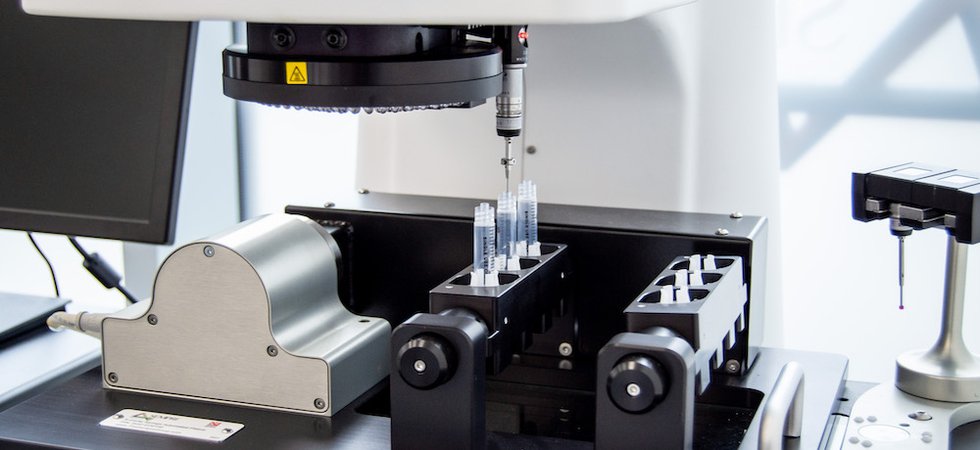Mike John, technical director for Ireland at industrial metrology supplier The Sempre Group, explains how metrology can bring the medical device design and manufacturing process together.

While ISO 13485 sets the standard for quality management systems (QMS) in medical device manufacturing, metrology is often treated as an afterthought and simply used to validate products and detect defects at the end of production. The result? It becomes harder to prove consistent quality and the validation process can become fragmented.
Drawing and reporting
Every medical device starts with a concept and a drawing, and a manufacturer must find the best way to convert this 2D drawing into a 3D, functioning product. Traditionally, this requires engineers to manually outline all the individual dimensions and requirements of the part, creating a ballooned image that they can use to manufacture a final product. A First Article Inspection (FAI) report is a design verification and historic file that provides reported measurements of the first manufactured parts to ensure that it correlates with the drawing, showing that the device functions as intended and meets the application’s requirements. However, collecting data manually often means this step of the process is time consuming and can introduce human error, which is not an option in this highly regulated industry.
One solution is to automate the ballooning and FAI reporting process where manufacturers can benefit from having a centralised data collection point that enables them to automatically compare ballooned drawings to pass FAI reports. For example, the High QA Inspection Manager allows engineers to scan entire drawings, or multiple pages, in one click. It automatically extracts the geometric dimensioning and tolerancing (GD&T) data and critical dimensions, with all the tolerances automatically allocated.
Quality production
CAD models are now being created instead of 2D paper drawings and the information contained in these files can also be ballooned using the same software. This data can also be linked into computer numerical control (CNC) machines or another production system to produce the component. As well as proving quality assurance, manufacturers should use data to learn more about their prediction process so that they can review part quality and resolve issues head-on.
As well as reporting, manufacturers can use data and software to make proactive changes on the shop floor during production. For example, a Reaction Plan Manager is an automated instruction-based software that analyses measurement data, calculates offset and provides tool correction instruction. If a part fails to meet specification, the software will instruct the operator how to adjust the machine to correct the problem.
When measuring small, intricate components, Original Equipment Manufacturers (OEMs) get the most accurate results quickly when the part under inspection is secured. Fixtures are key when inspecting medical components, such as syringes, because they provide 360-degree access and keep them in place without exerting too much pressure and damaging the part. Therefore, they facilitate ISO 13485 compliance because every part is measured in the same orientation, minimising inconsistency.
Reproducibility
Accuracy is critical to medical device compliance, so knowing that all measurements are repeatable and reproducible is essential. After parts are produced, manufacturers can assess gage repeatability and reproducibility data (GR&R) to certify that the measurement output is the same value as the input, and that the same measurements are obtained under the same operating conditions over a set period.
Integrating highly accurate CMM and metrology systems is a good starting point for ensuring repeatability. For instance, the Micro-Vu Vertex has a 2-micron accuracy and a 0.1-micron resolution, and it facilitates automated reporting, including GR&R documentation
Metrology specialists like The Sempre Group can provide an end-to-end turnkey solution, assessing quality testing needs and making recommendations throughout the manufacturing process. A good partner will not only supply the measurement system, but assist with the programming, validation and reporting that comes with it.

